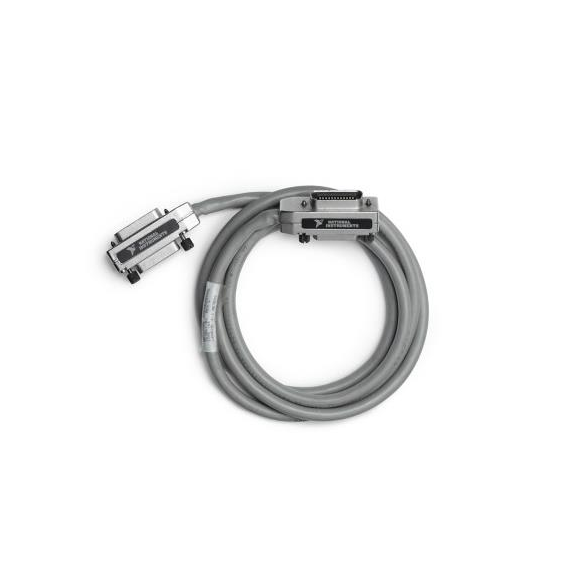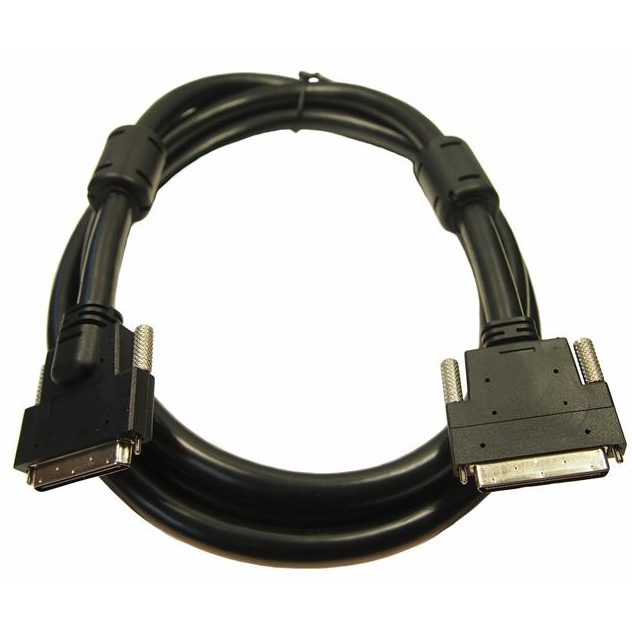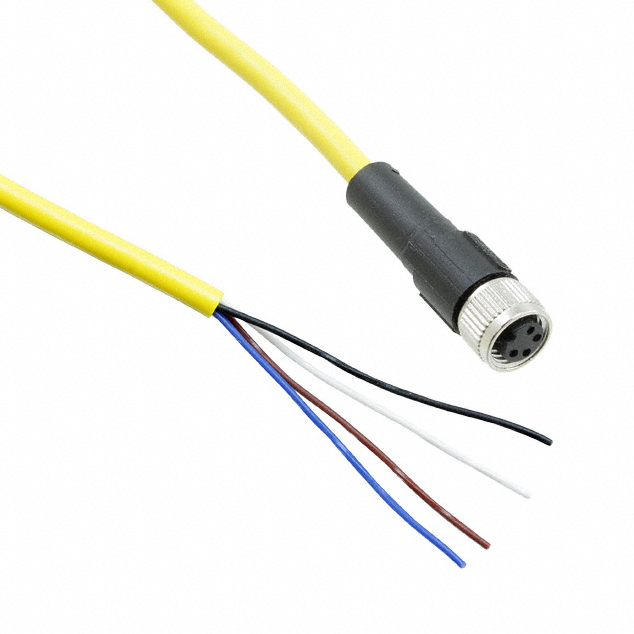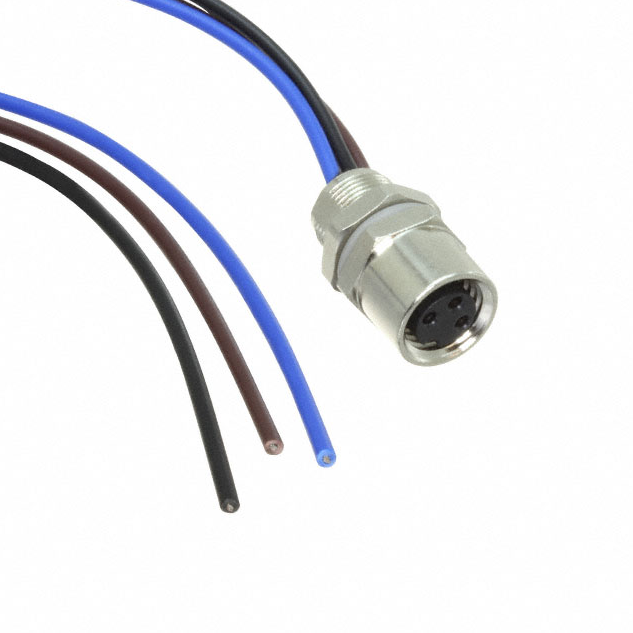Keeping progressing, Pursuing integrity, Embracing future
In wire harness design, considerations of space and wiring efficiency are crucial, especially in complex equipment or confined spaces. Here are some design strategies to optimize space utilization and wiring efficiency:
1. Understand the requirements and layout
Requirement analysis: Clarify the functions, signal types, power requirements, and connection points of each wire harness. This helps determine the specifications and wiring method of the wiring harness.
Space planning: Understand the spatial limitations, layout, and potential sources of interference inside the equipment, and design suitable wiring paths and routing methods.
2. Optimize the wiring harness path
Shortest path: Design the wiring harness to take the shortest path possible, reduce unnecessary length, and minimize signal attenuation and interference.
Obstacle avoidance: Avoid mechanical components and heat sources to ensure that the wiring harness is not damaged or overheated during use.
3. Choose the appropriate type of wiring harness
Flat wire harness: In environments with limited space, using a flat wire harness can effectively reduce the occupied space.
Modular design: Using modular wiring harness design for quick replacement and maintenance, while reducing wiring complexity.
4. Reasonably arrange the position of the wiring harness
Group management: Group wiring harnesses with similar functions to reduce crossing and interference.
Avoid crossing: Try to avoid wire harness crossing and entanglement, keep the circuit clean, and simplify installation and maintenance.
5. Use appropriate protection and fixation
Protective tube: Use a protective tube or sheath to protect the wiring harness from mechanical damage and external environmental influences.
Fixed device: Use zip ties, fixtures, and other fixing devices to ensure the stability of the wiring harness and avoid damage caused by vibration or movement.
6. Consider thermal management
Heat dissipation design: In high temperature environments, choose materials that are resistant to high temperatures and design reasonable heat dissipation channels to prevent wire harnesses from overheating.
Thermal isolation: Use insulation materials or add heat dissipation devices near the heat source to protect the wiring harness.
7. Testing and Validation
Experiment: After the design is completed, conduct trial assembly and functional testing to verify whether the wiring harness meets actual requirements and make necessary adjustments.
Simulation: Use computer-aided design (CAD) tools for wiring simulation to ensure efficient wiring harness design in practical applications.
Inquiry
LATEST BLOGS
INQUIRY
RELATED PRODUCTS
 How does the wiring harness perform in extreme environmentsRCD has over a decade of experience in the assembly of cables and connectors required for outdoor harsh environment equipment.
How does the wiring harness perform in extreme environmentsRCD has over a decade of experience in the assembly of cables and connectors required for outdoor harsh environment equipment. How to evaluate the lifespan and reliability of wire harnessesRCD has over a decade of experience in the assembly of cables and connectors required for outdoor harsh environment equipment.
How to evaluate the lifespan and reliability of wire harnessesRCD has over a decade of experience in the assembly of cables and connectors required for outdoor harsh environment equipment. What is the difference between flexibility and rigidity of wire harnessesRCD has over a decade of experience in the assembly of cables and connectors required for outdoor harsh environment equipment.
What is the difference between flexibility and rigidity of wire harnessesRCD has over a decade of experience in the assembly of cables and connectors required for outdoor harsh environment equipment.




